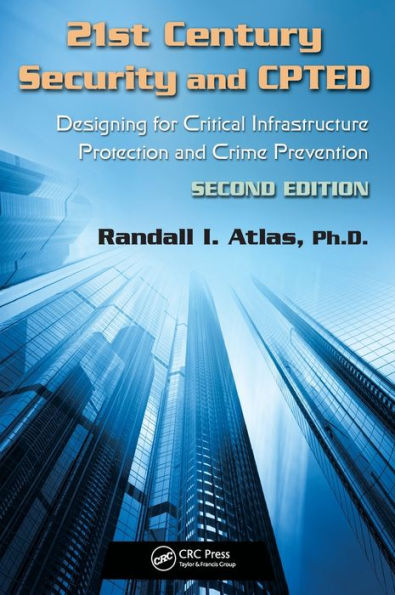5
1
9781439880210


21st Century Security and CPTED: Designing for Critical Infrastructure Protection and Crime Prevention, Second Edition / Edition 2 available in Hardcover

21st Century Security and CPTED: Designing for Critical Infrastructure Protection and Crime Prevention, Second Edition / Edition 2
- ISBN-10:
- 1439880212
- ISBN-13:
- 9781439880210
- Pub. Date:
- 06/25/2013
- Publisher:
- Taylor & Francis
- ISBN-10:
- 1439880212
- ISBN-13:
- 9781439880210
- Pub. Date:
- 06/25/2013
- Publisher:
- Taylor & Francis
170.0
In Stock

Product Details
| ISBN-13: | 9781439880210 |
|---|---|
| Publisher: | Taylor & Francis |
| Publication date: | 06/25/2013 |
| Edition description: | Revised |
| Pages: | 954 |
| Product dimensions: | 6.80(w) x 10.10(h) x 1.90(d) |
About the Author
From the B&N Reads Blog
